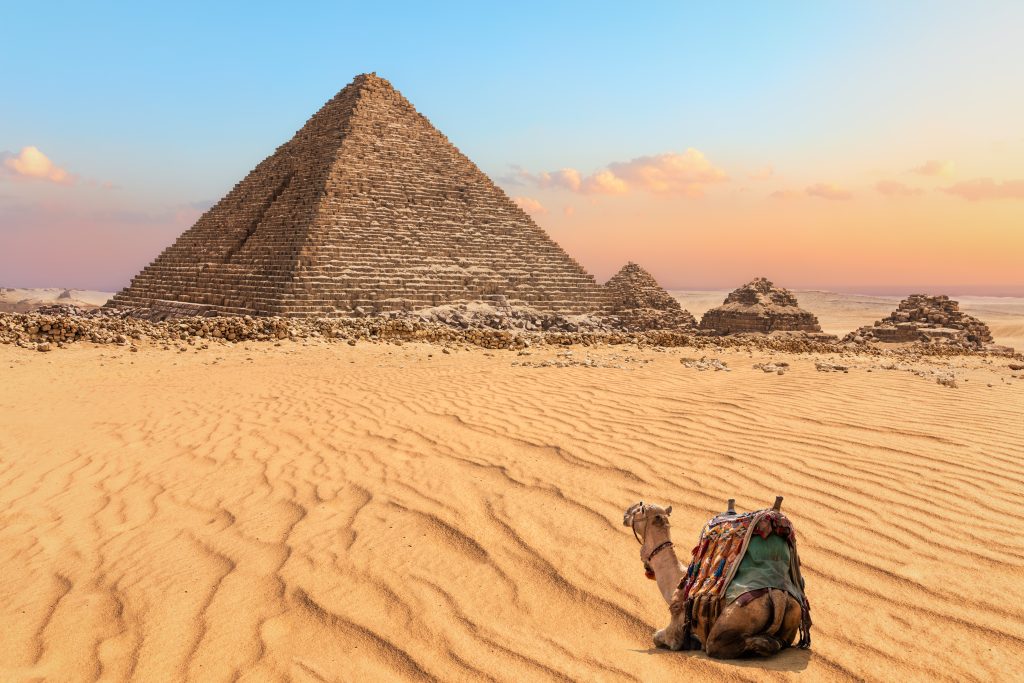“And as we wind on down the road, our shadows taller than our soul, there walks a lady we all know, who shines white light and wants to show how everything still turns to gold.”
Robert Plant and Jimmy Page, Led Zeppelin
‘Stairway to Heaven’ 1971 Voted the Top 100 Song of All Time 2025
My journey to oneness and connectedness led me to the Great Pyramids and the Sphinx, over a period of 16 years and five independent journeys, with the sixth out there in the ether to manifest in divine right time. This all fuelled by the ancient belief that the sacred geometry of these gargantuan pyramids was used to ascend realms, then being further motivated by the significance of the number 11 in the design of the pyramids and the frequency of oneness being 11.11, supported by the belief that the Great Pyramids have low Earth resonance.
Between these ancient walls, I found timeless peace…
“As I entered the Great Pyramid of Cheops, without expectation, hunched over in almost a dwarf-like or foetal position climbing up the steep gradient of a small stone passageway for what seemed like kilometres; it reeked of oldness, the long passage of time… humid, hot and stuffy. Feeling nauseous and claustrophobic, I plodded on scrunched over, bumping my head frequently – how significant that turned out to be. When I walked into the king’s chamber, a sliver of light touched the floor and I moved onto the light shadow and closed my eyes… unexpectedly I found myself in the presence of the Lords of Karma, their stern, no nonsense energy quite alarming, whilst surrounded by tons of stone above and beneath my feet. Stammering I asked for release from a particular karmic debt, which I have been burdened with over many lifetimes, playing the same lesson over and over. I didn’t expect their sanction, I expected rebuke on karmic debt… I sensed a hammer fall and, almost immediately, a lightness of being overtook my form and tears rolled down my face in the dark chamber and I knew it was done! The sense of freedom was so profound that the rocks above me may just as well have been polystyrene. And in that moment other travellers on the journey began to tone, with the Om chant, in the chamber… a sound so immaculate, so divine it will remain with me through eternity. In floods of tears, released and, relieved,,I made my way down the narrow chamber, to get to the Sphinx in time for a meditation at 11:11” Ed.
The Great Pyramid of Giza: Everything you need to know about the ancient wonder.
The ancient Egyptian structure is the only one of the original Seven Wonders of the Ancient World still intact and it still has a lot to teach us.
It’s no wonder that our fascination with the pyramids of Giza has endured for millennia. The Great Pyramid was built for the Pharaoh Khufu and finished around 2560 BCE and the rest of the pyramid complex is nothing short of brilliant too. Perched on the outskirts of Cairo, the Giza site is a necropolis of royal tombs. It contains three towering pyramids (the Great Pyramid of Khufu, the Pyramid of Khafre and the Pyramid of Menkaure); three smaller pyramids (for queens and sisters) and an enormous statue of a sphinx, for good measure.
The Great Pyramid of Giza dates to Egypt’s Old Kingdom, more than 4 000 years ago. “The Great Pyramid was built by King Khufu, son of King Sneferu and Queen Hetepheres I and the Fourth Dynasty’s second pharaoh. He ruled Egypt between 2585 and 2560 BCE and, during that time, he led the construction of the Great Pyramid.” It’s estimated that it took around 20 years to build.
The Great Pyramid was originally 146.6 metres high and for nearly 4 000 years, it was the tallest building in the world and weighty too. The pyramid was built with an estimated 2.3 million stone blocks, which weigh 2.5 to 15 tons each.
Egyptian pyramids are tombs and the Great Pyramid is no exception. Khufu, also known by his Greek name, Cheops, commissioned this funerary structure as his final resting place. While Khufu is considered the builder of the Great Pyramid, there were thousands of others who physically built the structure. It has been established that pyramids were by skilled purpose-hired workers.
Archeologists discovered a village near the Giza complex where the workers resided. Inscriptions and food remaining in their homes confirmed that they were very well fed (paid) for their labour. Workers had time-based shifts with lunch breaks and hierarchical structure. This however, was not a ‘boss worker’ relationship; working for the Pharaoh was considered a great honour in ancient Egypt.
You’d have to ask why, after a few thousand years on Earth, all of the pyramids’ mysteries had not been revealed, but it seems that they still have plenty of secrets to share. In 2023, a hidden corridor was discovered in the Great Pyramid and, in 2024, a mysterious structure was found adjacent to it. While we’re still learning more about this ancient monument, here’s what is known about the Great Pyramid of Giza.
Today, the Giza pyramids wear the tawny tones of their surrounding desert, but at the time of construction they sparkled. They were encased in white limestone. “The limestone casing would have been smooth and polished and, overall, a lot more dazzling – especially in the light,” says Elissa Day, a PhD candidate in Egyptology at Harvard University. Ms Days further confirms “At Giza, you can see some remains of an outer casing on top of the pyramid of Khafre and at the bottom of the Great Pyramid.”
And then there is the Sphinx.
Shrouded in mystery, the guardian of the sacred knowledge; the Great Hall of Knowledge, believed to be under the right paw; between the paws, a red granite stela – a dream gate or stellar gate – that recounts the dream of Pharaoh Thutmose lV, in which he dreamed that he would accede to the throne of Egypt if he freed the Sphinx from the sand, heralding the first restoration of this structure, symbolising the union of physical and spiritual power in the Pharaoh.
“With special permission from the Egyptian Director of Antiquities, our group was both blessed and privileged to do the oneness meditation between the paws of this guardian and observer, at the dream gate. In a dream state under the hot Egyptian sun, below the lion’s head of this ancient sculpture formed out of a single block of stone, I went within. I cannot recall much of that meditation, other than being overwhelmed by an intense connection with all galactic energies and Earth energies. What transpired energetically shall remain a mystery, for within that dream state I have no recall. What followed was mind-blowing… As I emerged from between the paws of the Sphinx bright gold beams of energy spiralled from the head and body of the Sphinx, all of the mineral energy and vibration pulsating against the turquoise sky.”
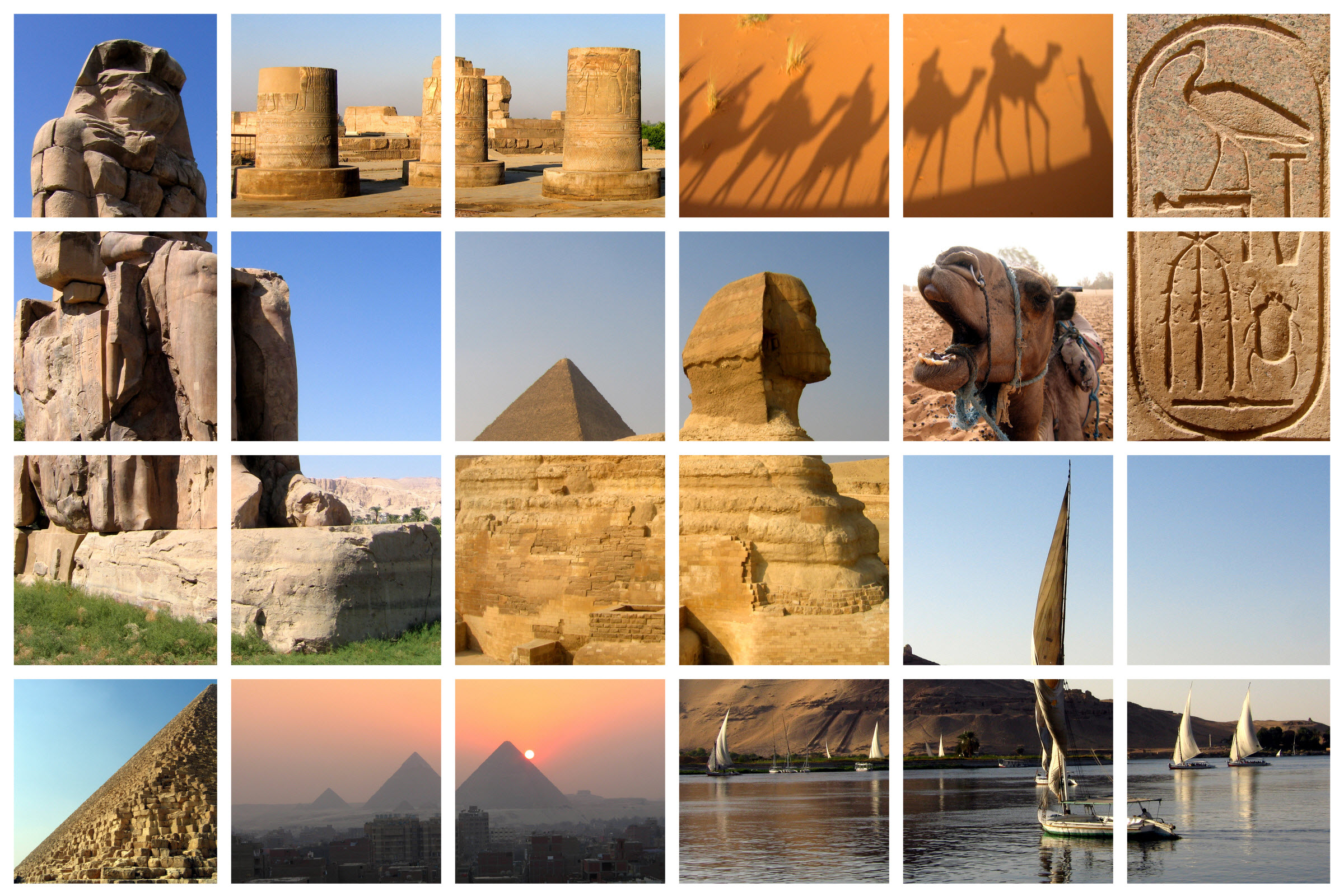
Alien Intervention
No article discussing the pyramids is complete without acknowledging that some believe that the pyramids were built by aliens, a position popularised by Erich Von Däniken in his 1968 book Chariots of the Gods. Regardless of the intense debate refuting Von Däniken’s theories, there are those in favour of the alien intervention based on the position below.
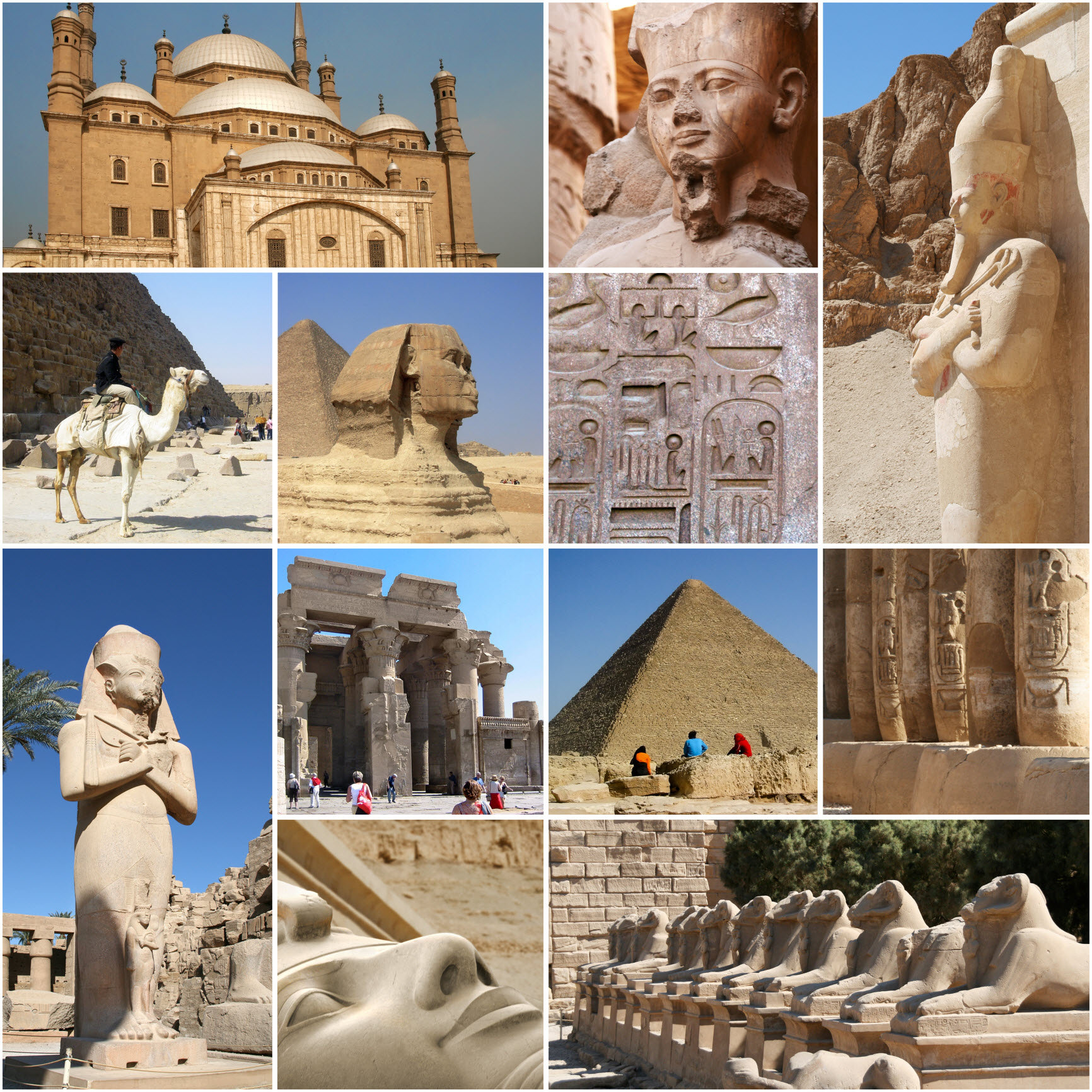
How could the Egyptians possibly have built their pyramid facing the exact magnetic north pole without even having a compass since the compass was not invented for a few thousand years after the ancient Egyptians were no more. It is suggested that the aliens, with their higher knowledge and advanced technology, came along and, using their compasses, they landed on Earth and, before building the pyramids, set about finding he actual magnetic north and south poles.
It is supported by current thinking that the Egyptians did not actually align their pyramids with the magnetic north pole, but rather with true north, which they could achieve by observing the stars, particularly circumpolar stars that rotate around the north celestial pole, allowing them to determine the north-south axis without a compass; this is considered a much more likely explanation than using magnetic north, which can shift over time. No one really knows for sure!
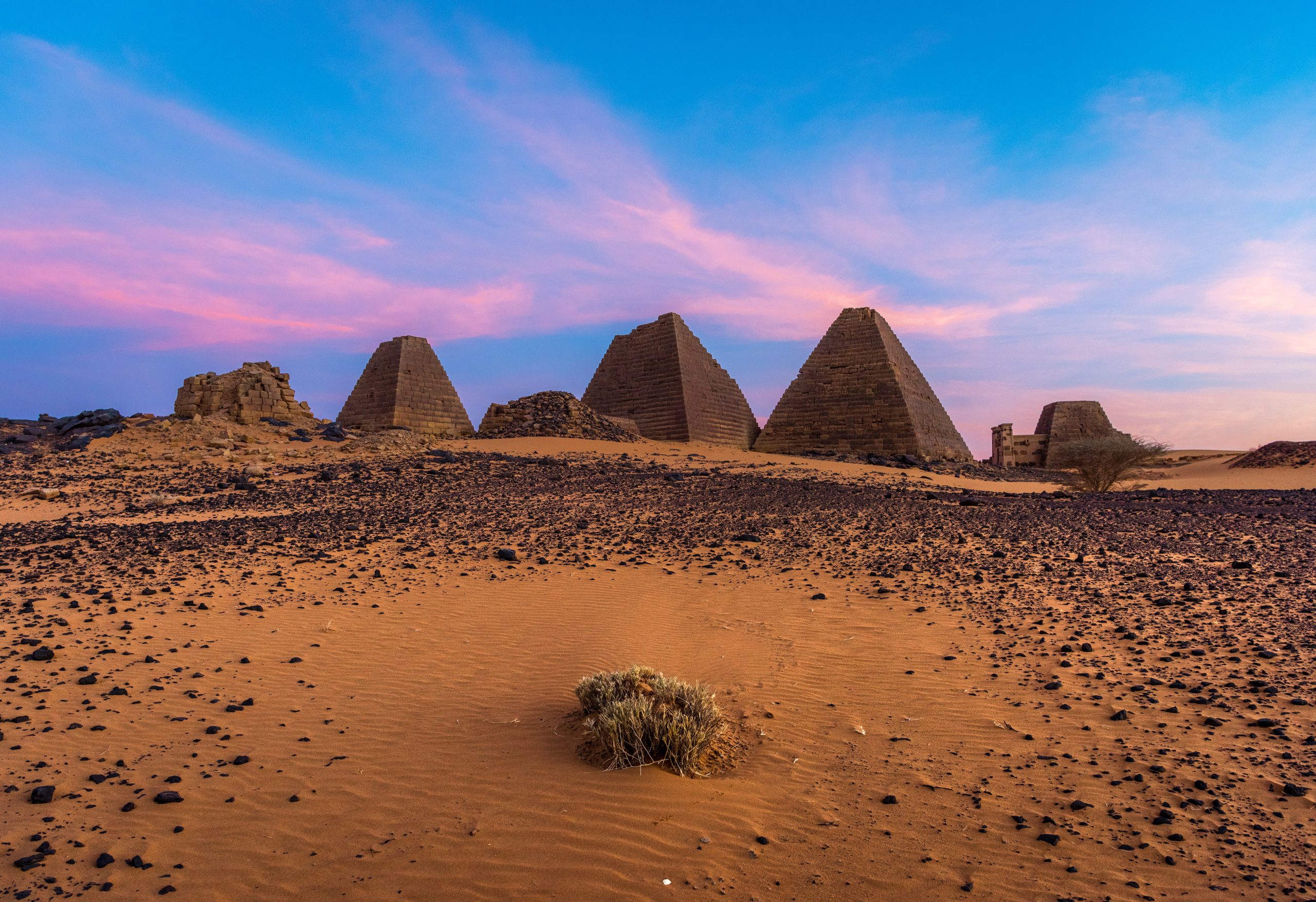
Sudan has more ancient pyramids than Egypt
There are around 2 000 Kushite pyramids in upper Sudan, compared with 200 Egyptian pyramids, showing the relationship between the African civilisations.
The Kushite pyramids in upper Sudan are primarily located at the ancient city of Meroë, where the rulers of the Kushite kingdom built hundreds of pyramids, considered ‘Nubian pyramids’, signifying their burial practices and serving as a testament to their power and culture in the region of present-day northern Sudan; these pyramids are often referred to as the ‘forgotten pyramids’ due to their lesser-known status compared to those in Egypt.
The physical proportions of Nubian pyramids differ markedly from the Egyptian pyramids: They are built of stepped courses of horizontally positioned stone blocks and range approximately from six to 30 metres in height, but rise from fairly small foundation footprints, resulting in tall, narrow structures inclined at approximately 70 degrees. Most also have offering temple structures abutting their base with unique Kushite characteristics. Egyptian pyramids of similar height generally had foundation footprints at least five times larger and were inclined at angles between 40 and 50 degrees.
The most striking difference, however, is that while Egyptian pyramids house tombs of rulers within, Nubian pyramids are built on top of the burial chambers. This was a longtime source of confusion to archaeologists until George Reisner discovered that the entryways were filled in and concealed following the ruler’s funeral. In this way, the pyramids served as elaborate tombstones and tributes to the Egyptian way.
The tombs inside the pyramids of Nubia were plundered in ancient times. Wall reliefs preserved in the tomb chapels reveal that their royal occupants were mummified, covered with jewellery and laid to rest in wooden mummy cases. At the time of their exploration by archaeologists in the 19th and 20th centuries, some pyramids were found to contain the remains of bows, quivers of arrows, archers’ thumb rings, horse harnesses, wooden boxes, furniture, pottery, coloured glass, metal vessels and many other artifacts, attesting to extensive Meroitic trade with Egypt and the Hellenistic world.
A pyramid excavated at Meroë included hundreds of heavy items such as large blocks decorated with rock art and 390 stones that comprised the pyramid. A cow buried complete with eye ointment was also unearthed in the area to be flooded by the Meroë Dam, as were ringing rocks that were tapped to create a melodic sound.
Ringing rocks, also known as sonorous or lithophonic rocks, are a fascinating geological phenomenon where specific rocks resonate with a bell-like sound
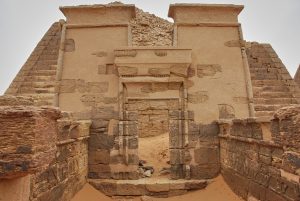
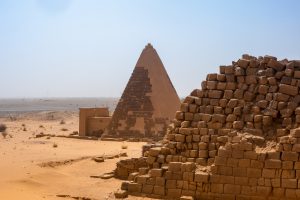
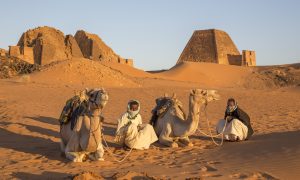
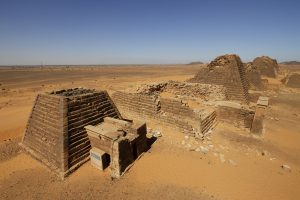
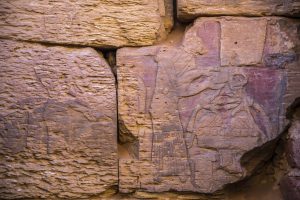
The oldest pyramids in the world are found In South Africa In Mpumalanga.
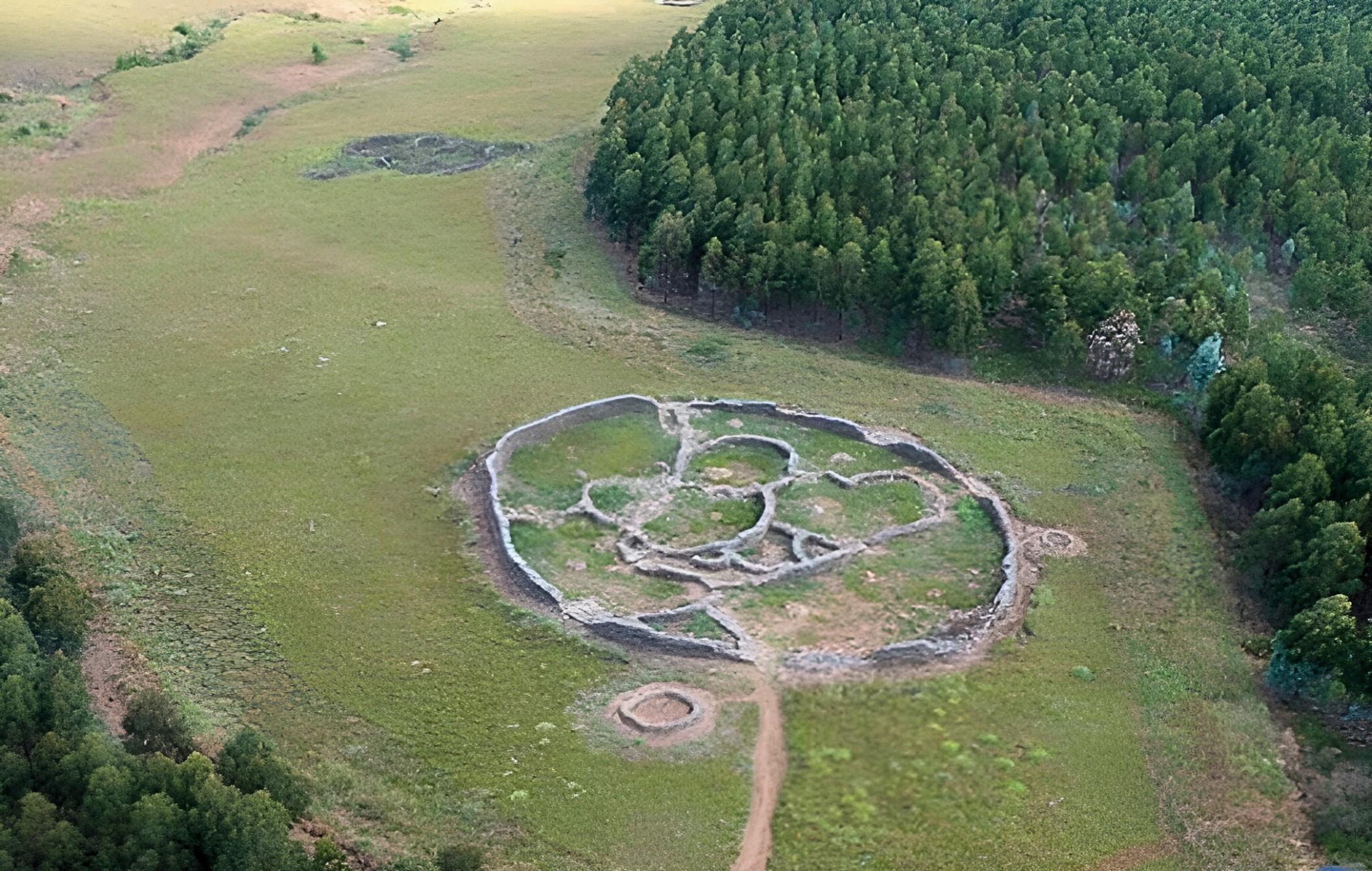
The ruins and structures are dated to be older than ‘Old’ Kemet, Egypt and Nubia by tens of thousands of years, on the same site as Adam’s calendar.
Adam’s Calendar, a series of stones believed to be the oldest man-made structure on Earth, dates back 75 000 years and is also known as ‘Blaauwboschkraal Stone Ruins’. It’s among a myriad South Africa stone circles and, interestingly, it’s only one of Mpumalanga circles among many, yet it has received far more attention than any other. Why?
According to the discoverers, Adam’s Calendar is the flagship of the ruins and is still accurate as a calendar, following the shadow of the setting sun cast by the central monolith onto a flat calendar stone next to it. Aerial pictures seem to support this hypothesis.
The ancient circular monolithic stones are located on a plateau just above the town of Kaapsche Hoop, overlooking the Barberton Valley and are part of the Blue Swallow National Heritage Site. They are just one of an estimated one million ancient stone ruins scattered throughout the mountains of southern Africa. The stones were discovered in 2003 by Johan Heine and Michael Tellinger, who have co-authored several books on the subject. Visitors need a guide to explore the stones and learn about the history and mystery surrounding them.
And moving into the 1800s
In the area known as Gqeberha, formerly Port Elizabeth, one can find a pyramid of another kind. The Donkin Reserve, Pyramid and Lighthouse, built 1861, includes a stone pyramid monument with a touching inscription, erected by Sir Rufane Donkin in memory of his late wife, Elizabeth, after whom the city was named. The pyramid is approximately 10 metres high and the sides at the base measure about eight metres each.
Africa’s first fully transparent pyramid
Stargazing extraordinaire… and into the 21st century and, located in the natural forest at Misty Mountain, we find Africa’s first fully transparent pyramid. The Pyramid is a one-of-a-kind accommodation option nestled in the breathtaking Tsitsikamma Forest with ocean views. This unique architectural find offers guests a truly immersive nature experience, with uninterrupted views of the surrounding forest and mountains.
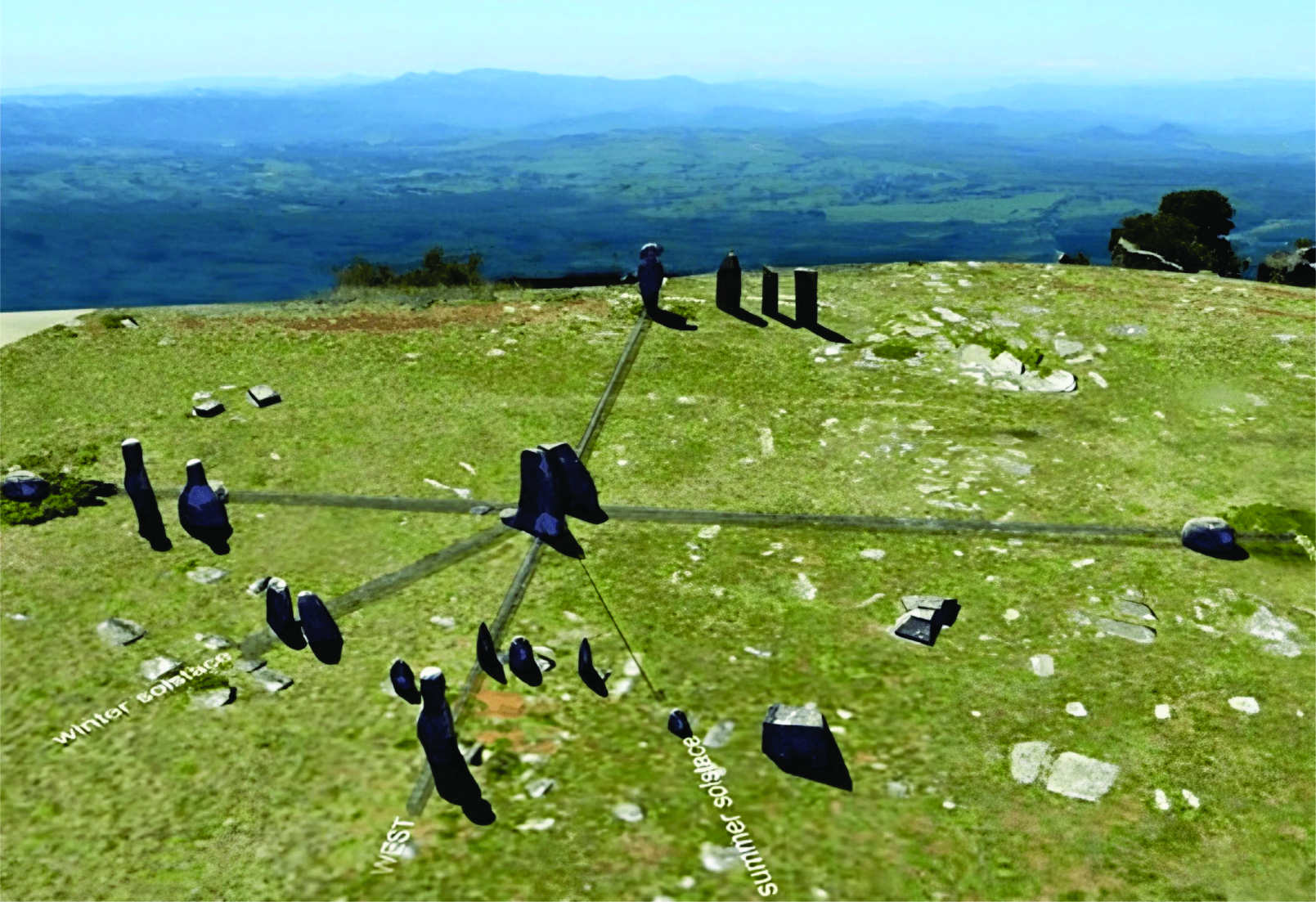
Pyramid Power
(Source: Pyramid Power, Time, magazine Monday, October 8, 1973).
The article positioned that meditating within a pyramid would heighten the meditative experience. And that one could also use a pyramid to preserve and freshen vegetables, ripen hard fruit and mature wine.
One of the consistent claims regarding pyramids has been that you can prevent razor blades from becoming blunt by placing them within a pyramid, from primordial beginnings razors have transformed remarkably over the years, now sophisticated grooming devices.
Notwithstanding all of the diverse information with regard to the power of the pyramids they unequivocally have a great and mystical power, much of which we have yet to discover.
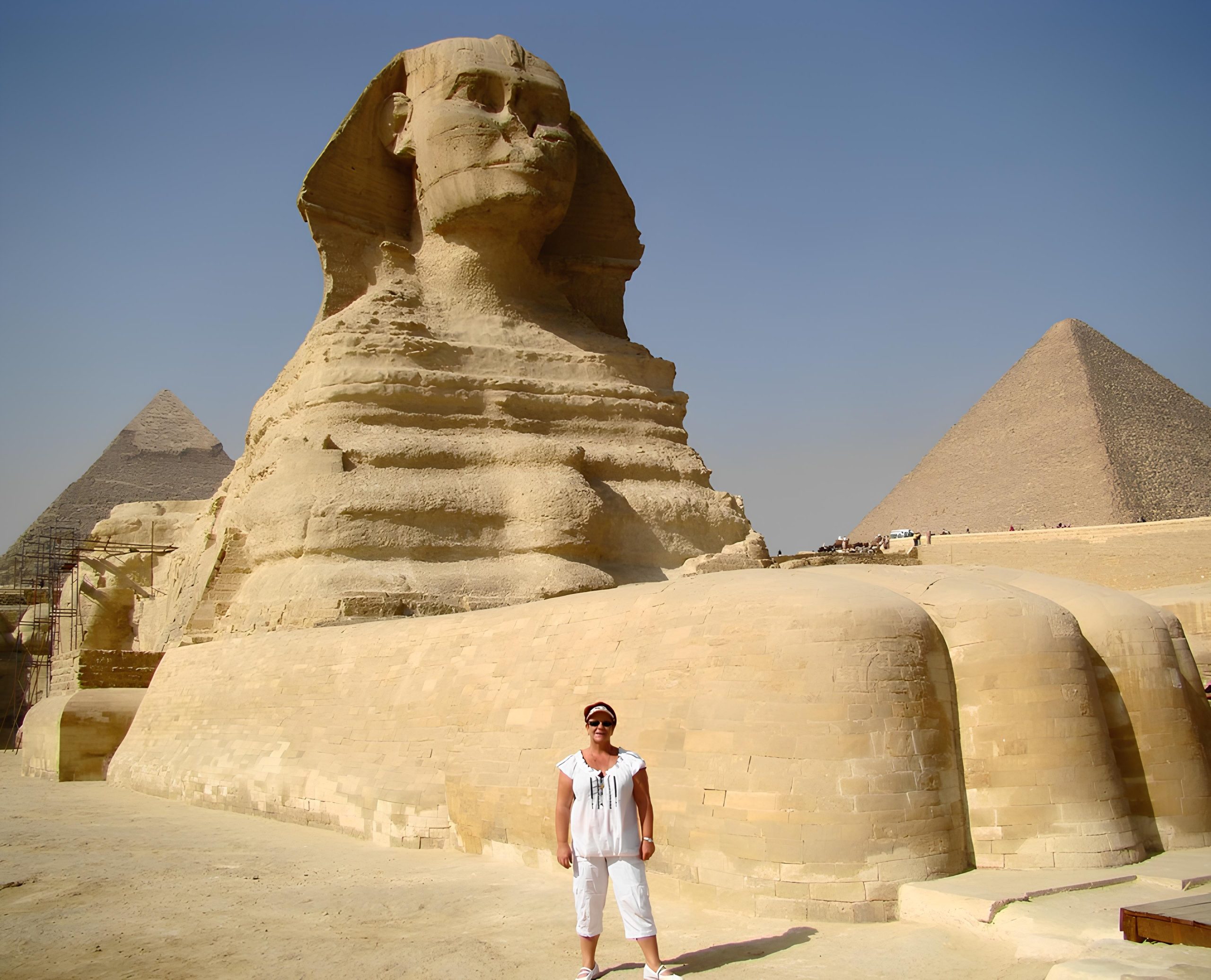
Debra Stevens-Robins, editor of Odyssey Magazine, is a naturopathic practitioner and natural energy healer by design with a passion for and study of Egyptian Tetrahedic Healing and Seichim Reiki. She also participated in ‘All Love Sekhem programmes’, with founder Patrick Zeigler. In 2009 Debra brought Seichim Reiki into South Africa and is taught by academies in the Cape, KZN and Gauteng.
Debra also takes groups on profound spiritual odysseys through mystical Egypt, to find out more email: odysseydebra@gmail.com
About the Reiki-Seichim-Sekhem system of healing
As the energies of Heaven and Earth come together to spiral, dance and become one within the heart, Sekhem/Seichim balances and merges the physical and subtle bodies, unifying all polarities including the divine masculine and divine feminine. The lotus blossom of the unified heart chakra bursts open and unfolds, bringing forth the eternal golden blue-white flame.


